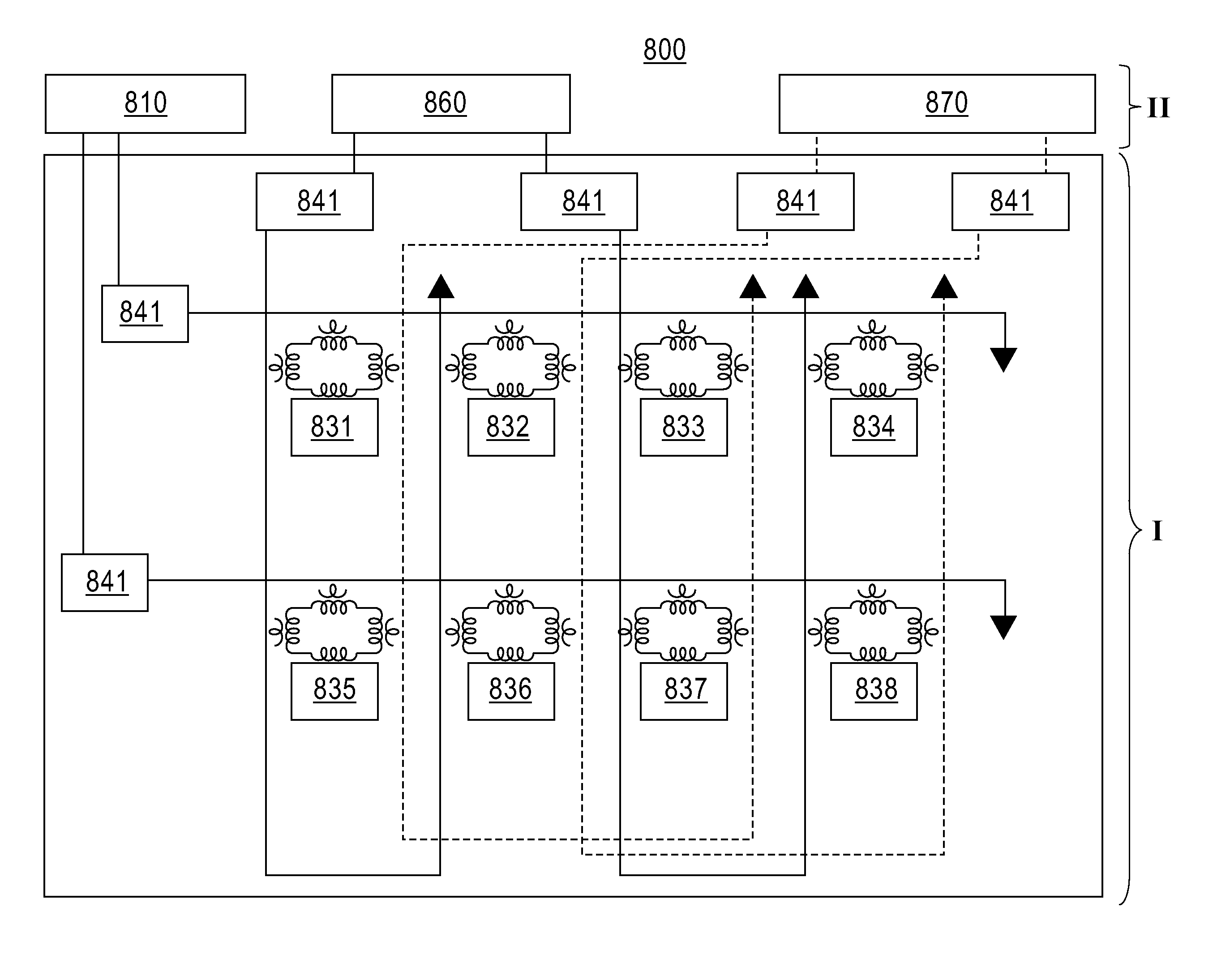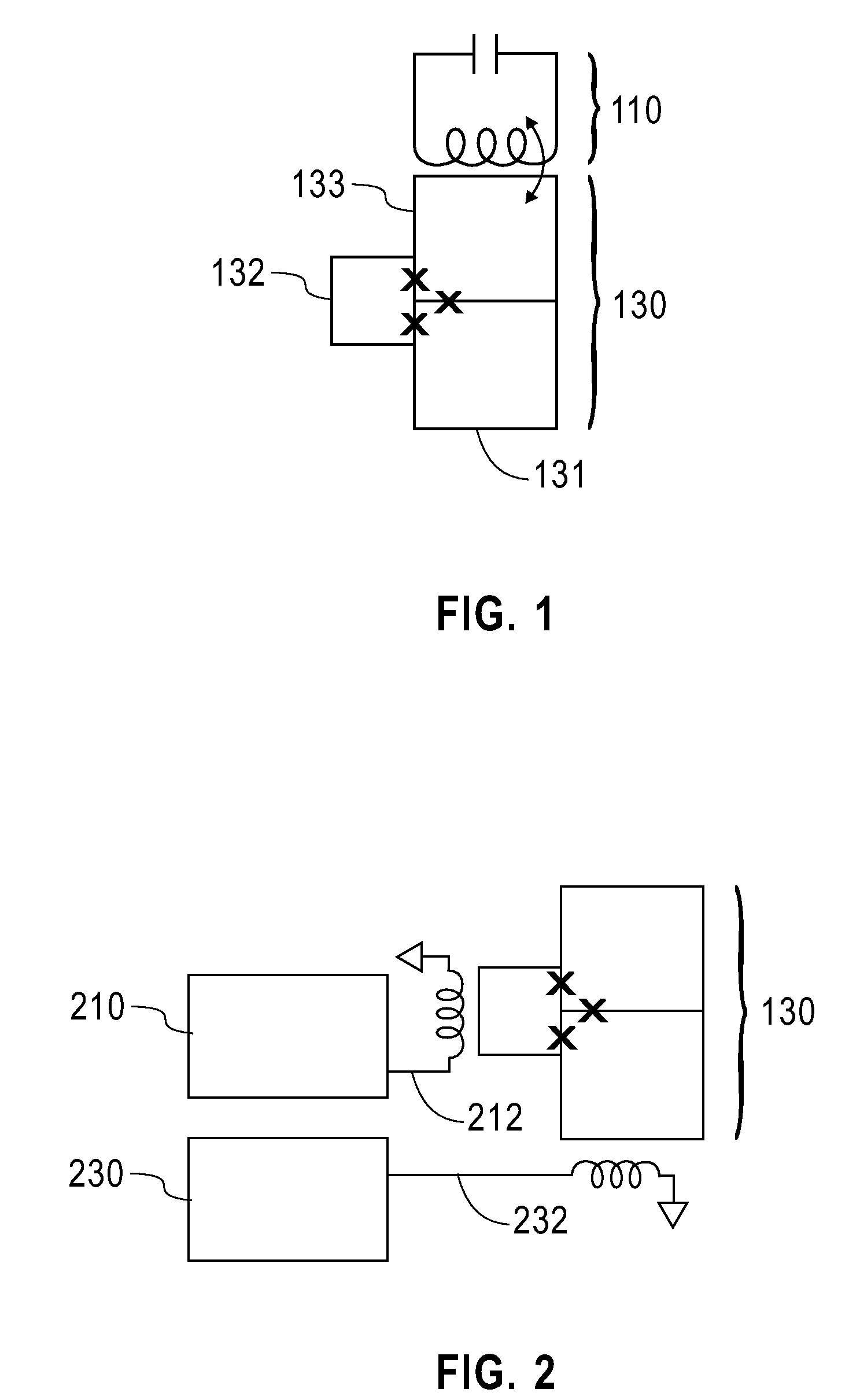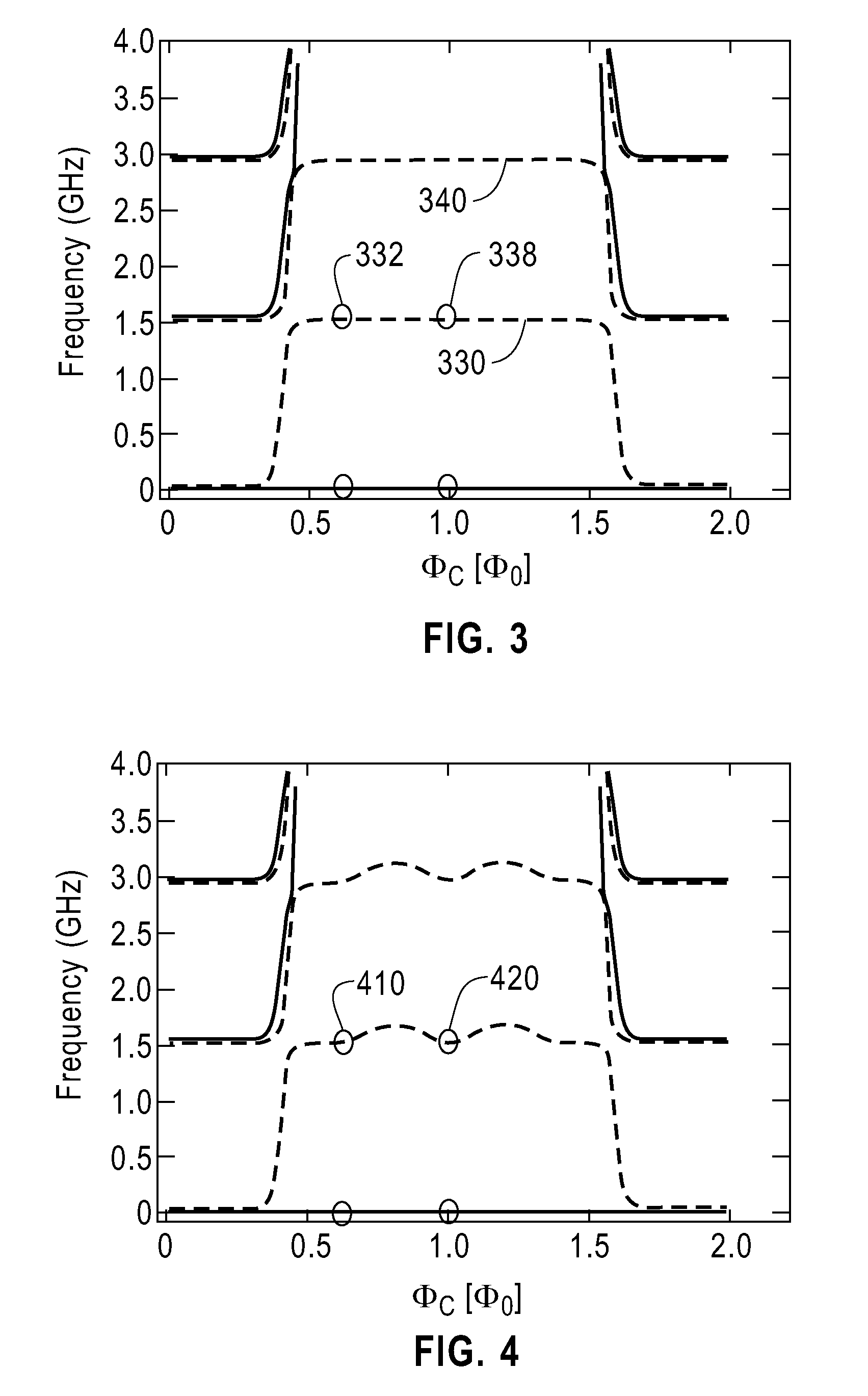Control system architecture for qubits
a control system and qubit technology, applied in the field of quantum computing, can solve the problems of data loss or corruption in quantum computers, and the limitations of existing qubit implementations (such as by nmr) to achieve the effect of reducing the cost of qubits, and increasing the number of required qubits
- Summary
- Abstract
- Description
- Claims
- Application Information
AI Technical Summary
Benefits of technology
Problems solved by technology
Method used
Image
Examples
Embodiment Construction
[0026]Hereinafter, exemplary embodiments of the present invention will be described with reference to the accompanying drawings. As used herein, the term “room temperature” refers to ambient or atmospheric temperature. In general, room temperature may be taken to be about 20° C. to about 25° C.
[0027]It is to be understood that exemplary embodiments of the present invention described herein may be implemented in various forms of hardware, software, firmware, special purpose processors, or a combination thereof. An exemplary embodiment of the present invention may take the form of an entirely hardware embodiment, an entirely software embodiment or an embodiment containing both hardware and software elements. An exemplary embodiment may be implemented in software as an application program tangibly embodied on one or more program storage devices, such as for example, computer hard disk drives, CD-ROM (compact disk-read only memory) drives and removable media such as CDs, DVDs (digital v...
PUM
 Login to View More
Login to View More Abstract
Description
Claims
Application Information
 Login to View More
Login to View More - R&D
- Intellectual Property
- Life Sciences
- Materials
- Tech Scout
- Unparalleled Data Quality
- Higher Quality Content
- 60% Fewer Hallucinations
Browse by: Latest US Patents, China's latest patents, Technical Efficacy Thesaurus, Application Domain, Technology Topic, Popular Technical Reports.
© 2025 PatSnap. All rights reserved.Legal|Privacy policy|Modern Slavery Act Transparency Statement|Sitemap|About US| Contact US: help@patsnap.com



